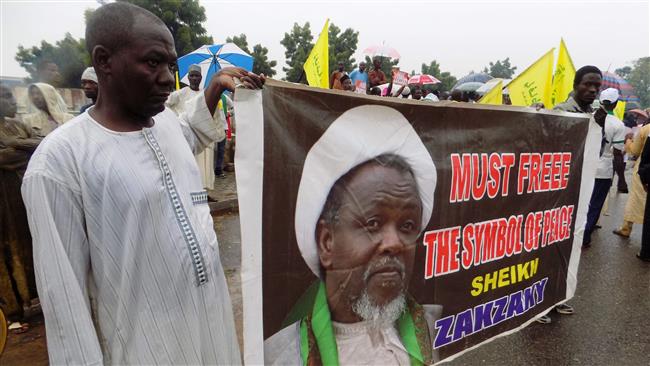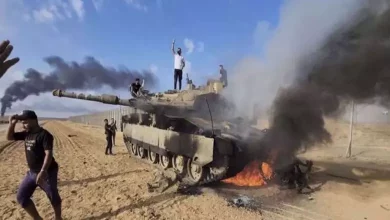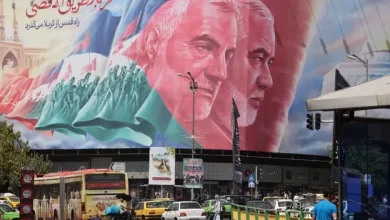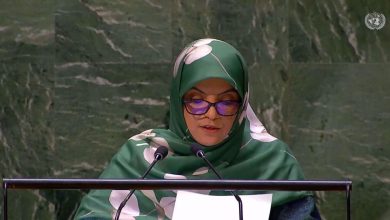Powerful earthquake kills 82 in Indonesian holiday island Lombok
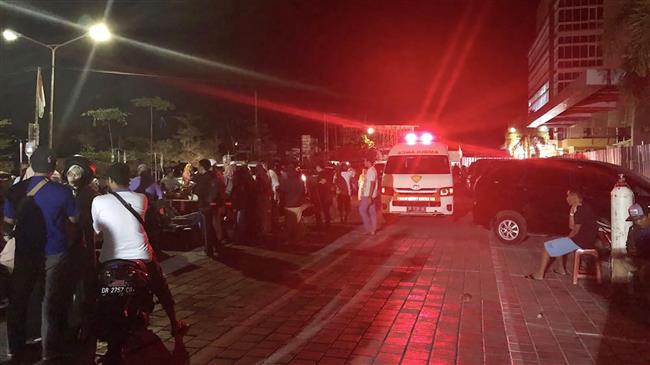

At least 82 people have died and many more have been injured as a major earthquake hits Indonesian holiday island of Lombok.
Apart from causing panic among locals and damaging structures the Sunday night quake also triggered a tsunami warning.
The warning was later canceled, but two villages were flooded with sea water.
According to the US Geological Survey, the seven-magnitude tremor struck just 10 kilometers underground and was followed by almost 24 aftershocks.
Lombok’s main city of Mataram was hit worst by the quake, were electricity was cut off and patients evacuated from the main hospital.

“Everyone immediately ran out of their homes, everyone is panicking,” said one local.
According to Singapore’s Home Affairs Minister K. Shanmugam, who was on the island during the quake, “Walls cracked, it was quite impossible to stand up.”

The powerful jolt was also felt in the neighboring island of Bali, a popular tourist site, were it caused people to run into the streets.
“The first one lasted quite a while, the second one was only about two-to-five seconds. The first one was the bigger one,” said a local.
Bali’s international airport was also damaged but the runway was unaffected and operations shortly later returned to normal.

The deadly quake came a week after a shallow 6.4-magnitude tremor hit Lombok, in which 17 people were killedand a large number of buildings were damaged.
A day after the powerful earthquake struck the holiday island, Indonesia mounted a rescue operation to reach more than 500 hikers and guides stranded by landslides on an active volcano on Lombok.
Indonesia is prone to earthquakes due to its location on the Pacific “Ring of Fire,” an arc of volcanoes and fault lines in the Pacific Basin.
In December 2004, a massive magnitude-9.1 earthquake off Sumatra triggered a tsunami that killed 230,000 people in a dozen countries.
Volcanic activity is likely following the Sunday quake, and travelers are advised to avoid the Mount Agung crater in east Bali and the Mount Sinabung crater in Kalo Regency, North Sumatra.


